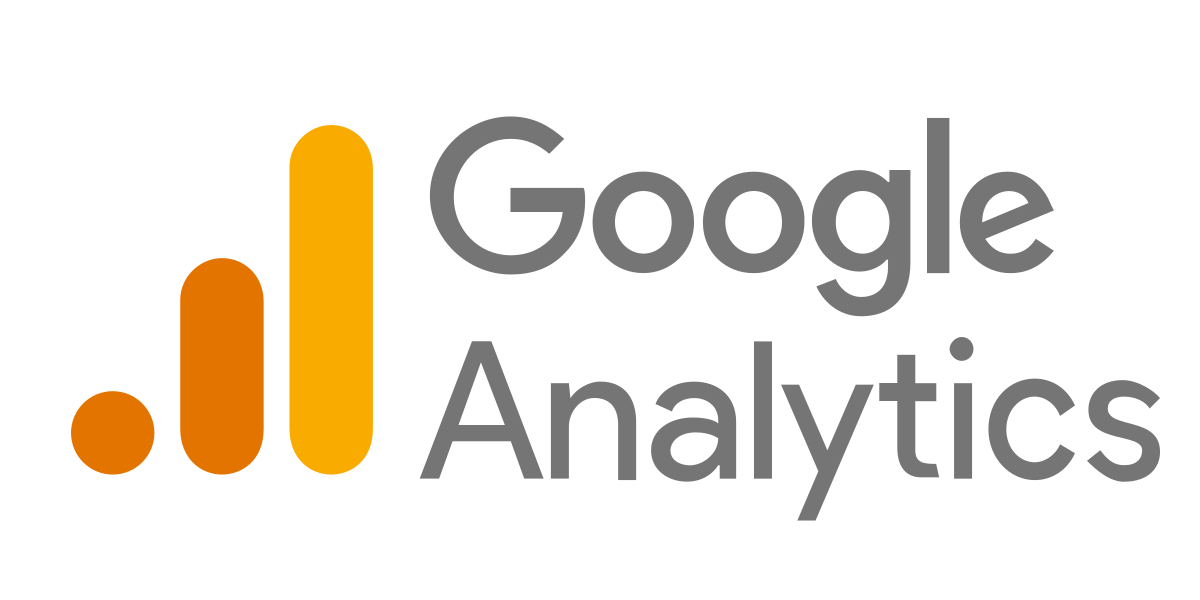Maximize Your Site Efficiency With Google Analytics Tracking Code
In the digital landscape, recognizing user communications with your site is crucial for optimization. By integrating the Google Analytics tracking code, you can open a wealth of info concerning site visitor behavior, allowing you to monitor necessary metrics and identify possible areas for enhancement. This critical implementation not just informs your decisions yet additionally paves the means for a more appealing customer experience. However, the genuine challenge lies in properly analyzing this data and converting insights into workable approaches. What steps can you require to guarantee you are fully leveraging these insights for ideal efficiency?
Comprehending Google Analytics
Recognizing Google Analytics is essential for site owners and marketing experts intending to optimize their online presence. This effective device provides vital understandings into individual behavior, allowing stakeholders to make data-driven decisions. By tracking various metrics, such as page views, bounce rates, and user demographics, Google Analytics helps identify which aspects of a website are performing well and which require improvement.
One of the key attributes of Google Analytics is its capability to section data. Customers can assess web traffic sources, user engagement, and conversion prices across different sectors, such as geographical locations or tool kinds. This granularity enables online marketers to customize their approaches to certain audiences, therefore improving the effectiveness of their projects.

Establishing Up Monitoring Code
To harness the full potential of Google Analytics, establishing up the tracking code appropriately is an essential step. The monitoring code, a snippet of JavaScript, makes it possible for Google Analytics to gather data concerning individual communications on your web site. To begin, visit to your Google Analytics account and navigate to the Admin section. Under the Home column, select "Monitoring Details" and after that "Monitoring Code." Here, you will certainly find your special tracking ID, which begins with "UA-" adhered to by a series of numbers.
Next, you'll need to install this code into the HTML of your website. Ideally, position the tracking code just prior to the closing tag on every web page you wish to keep an eye on. If you're using a content monitoring system (CMS) like WordPress, consider utilizing plugins that assist in very easy integration.
After executing the code, it's vital to validate its functionality. Utilize the "Real-Time" reports in Google Analytics to validate that data is being gathered as expected. By making sure correct arrangement, you create a solid foundation for effective data analysis and strategic decision-making to enhance your site's performance.
Key Metrics to Monitor
On a regular basis checking vital metrics in Google Analytics is essential for evaluating your site's performance and user engagement. Among the fundamental metrics to track are web page sights, which give understanding right into exactly how typically individuals go to different pages on your website. In addition, special visitors help you recognize the reach of your web content by showing exactly how lots of distinct users are involving with your website over a provided period.
Bounce price is one more vital metric, disclosing the portion of site visitors who leave your website after viewing just one web page. A high bounce rate might signify problems with content importance or customer experience. On the other hand, session duration shows the length of time site visitors stay on your site, aiding you evaluate content performance and individual interest.
Conversion prices are important for gauging the click for source success of your web site in achieving details goals, such as kind submissions or item acquisitions (when does the google analytics tracking code send an event hit to analytics?). Monitoring website traffic sources is additionally essential, as it aids determine which networks drive the most traffic and conversions, permitting for more targeted advertising and marketing methods
Studying Visitor Actions

Furthermore, tracking user paths through the website helps disclose typical navigating patterns. This info is necessary in identifying whether users can quickly find the material they seek or if they come across obstacles that bring about disappointment. Identifying high departure web pages can highlight areas that might require redesign or more interesting content to preserve visitors.
Furthermore, segmenting customers based on demographics, passions, and behavior supplies a much deeper understanding of the target audience. This division makes it possible for companies to customize web content and advertising approaches much more properly, increasing the probability of conversions. Inevitably, analyzing visitor actions not just informs site improvements yet also cultivates a much more user-centric strategy, resulting in enhanced contentment and loyalty in time.
Executing Data-Driven Adjustments
Applying data-driven changes is important for improving web site efficiency and attaining organization objectives. By leveraging insights gathered from Google Analytics, businesses can recognize areas for enhancement and make notified choices to optimize customer experience.
First, assess essential efficiency indicators (KPIs) such as bounce rates, session period, and conversion rates to pinpoint specific issues affecting user engagement - when does the google analytics tracking code send an event hit to analytics?. As an example, a high bounce price on a touchdown web page may suggest that the content is not resonating with visitors or that the web page takes also lengthy to tons

Conclusion
In final thought, learn this here now the application of Google Analytics tracking code is vital for enhancing web site efficiency. By precisely keeping an eye on individual habits and essential metrics, valuable insights can be gotten, facilitating data-driven decision-making.
By tracking different metrics, such as web page sights, bounce prices, and individual demographics, Google Analytics assists identify which aspects of a website are performing well and which call for renovation.
Individuals can examine traffic sources, user involvement, and conversion prices across different sectors, such as geographical places or device kinds. The tracking code, a snippet of JavaScript, makes it possible for Google Analytics to accumulate data about customer communications on your site.Frequently keeping track of vital metrics in Google Analytics is crucial for examining your web site's efficiency and individual interaction. By leveraging Google Analytics, check my reference site proprietors can get valuable understandings into just how individuals connect with their site.